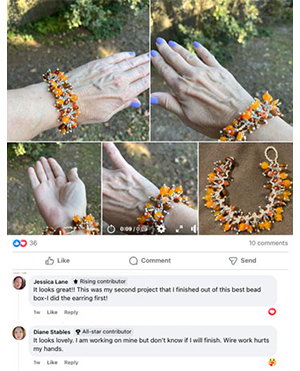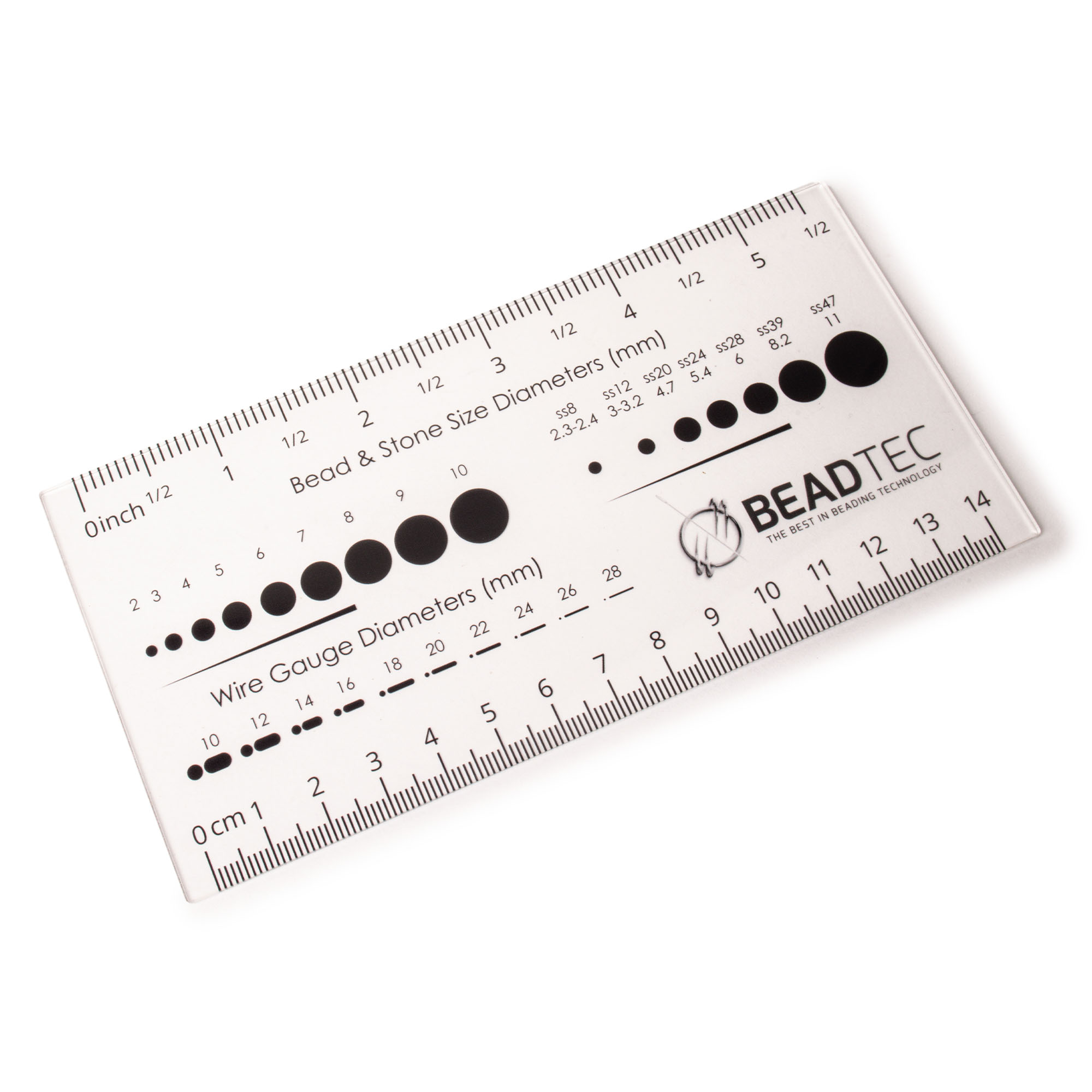- Jewelry-Making Supplies ▾
Design Jewelry with Confidence!
Seed Beads
Thread, Wire, & Stringing Materials
Athenacast Findings & Components
Everything Else
- Kits & Collections ▾
Assemble Your World
Kits & Collections
- Subscriptions ▾
Want monthly Beading Happiness?
Subscriptions
- Learn to Make ▾
Want to learn more?
- Discounts & Deals ▾
Explore Today's Promotions!
- Jewelry-Making Supplies
- Kits & Collections
- Subscriptions
- Learn to Make
- Discounts & Deals
-
Seed Beads
Thread, Wire, & Stringing Materials
Findings & Components
Everything Else
-
Kits & Collections
-
Subscriptions
- Home
- How to Make Jewelry
- Better Beader Episodes
- Tips for Using & Removing …
Tips for Using & Removing Adhesives

Watch the Video Tutorial
Watch the Video Tutorial
Need Any Extra Materials?
Need Any Extra Materials?
Need Any Extra Materials?
Need Any Extra Materials?
Episode Transcript
Episode Transcript
Introduction
In Better Beaders Episode 47, the talented hosts from Potomac Beads share their expert tips and techniques for using and removing adhesives in jewelry making. Whether you're a beginner or an experienced beader, mastering the art of adhesives is essential for creating durable, professional-looking pieces. In this article, we'll break down the key insights from the episode and provide a handy guide to help you confidently work with adhesives in your own projects.
Types of Adhesives
The episode covers a variety of adhesives commonly used in jewelry making, including:
- E6000: A strong, versatile adhesive that works well for bonding metal, glass, and plastic
- Hypo Cement: A quick-drying, liquid adhesive that's perfect for securing knots and thread
- GS Hypo Cement: A thicker, gel-like version of Hypo Cement that offers more control
- Bead Fix: A specialized adhesive designed for attaching beads to various surfaces
Tips for Using Adhesives
When working with adhesives, keep these helpful tips in mind:
- Less is more: Apply adhesives sparingly to avoid excess residue and longer drying times
- Use a toothpick or scrap wire to apply small amounts of adhesive precisely where needed
- Allow adequate drying time before handling or wearing your jewelry to ensure a strong bond
- Store adhesives properly to prevent them from drying out or becoming too thick
Removing Adhesive Residue
Sometimes, despite our best efforts, we end up with unwanted adhesive residue on our jewelry pieces. Here's how to safely remove it:
- For E6000 or other strong adhesives, use a product like Goo Gone or Un-Du to dissolve the residue
- Apply the remover to a cotton swab or soft cloth and gently rub the affected area
- Rinse the piece thoroughly with warm, soapy water to remove any remaining residue and remover
- Dry the jewelry completely before storing or wearing it
Adhesive Alternatives
In some cases, you may prefer to use alternative methods for securing elements in your jewelry designs. The episode mentions a few options:
- Crimp beads: Small metal beads that can be crushed to secure wire or cord ends
- Knotting: Using specialized knots to hold beads in place on cord or thread
- Wire wrapping: Securing beads or elements by wrapping them with wire
Conclusion
With the expert advice from the Better Beaders hosts, you're now equipped with the knowledge and skills to confidently use and remove adhesives in your jewelry projects. Remember to choose the right adhesive for your materials, apply it sparingly, and allow plenty of drying time for the best results. Don't be afraid to experiment with different techniques and find what works best for you!
If you have any questions or want to share your own adhesive tips and tricks, leave a comment below. And be sure to check out more informative episodes from the Better Beaders series on the Potomac Beads YouTube channel.
Join Our Growing Community
Join Our Growing Community




Our Testimonials
Our Testimonials
- 56058 (83.7%)
- 4819 (11.3%)
- 3300 (4.1%)
- 233 (0.5%)
- 125 (0.3%)
- Favorite Reviews
- Highest to Lowest
- Newest to Oldest
- All Ratings
- 5 ★ Reviews
- 4 ★ Reviews
- 3 ★ Reviews
- 2 ★ Reviews
- 1 ★ Reviews
Loading...
Only Visible on Admin Mode
Item Description
Designer's Material List
Project Steps
For non-sensitive materials, consider soaking in soapy water or applying goo gone for sticker residue.
Gently remove adhesive with a polishing cloth, beading awl, or nail polish remover for tougher residues.
Apply adhesive with precision, using tools like a toothpick or an old nail polish brush to avoid excess.
Test the glue's flow on a separate surface before applying to ensure control and prevent spills.
For skin contact, soak in a warm soapy water solution or use nail polish remover for tougher adhesives.
Highest Quality
Products
100% Money
Back Guarantee
Fast
Shipping
Best Teaching &
Customer Service
You'll want these emails...
Get Free Projects & Inspiration
Get Free Projects & Inspiration
- Bullet 1
- Bullet 2
- Bullet 3
Copyright © PotomacBeads









